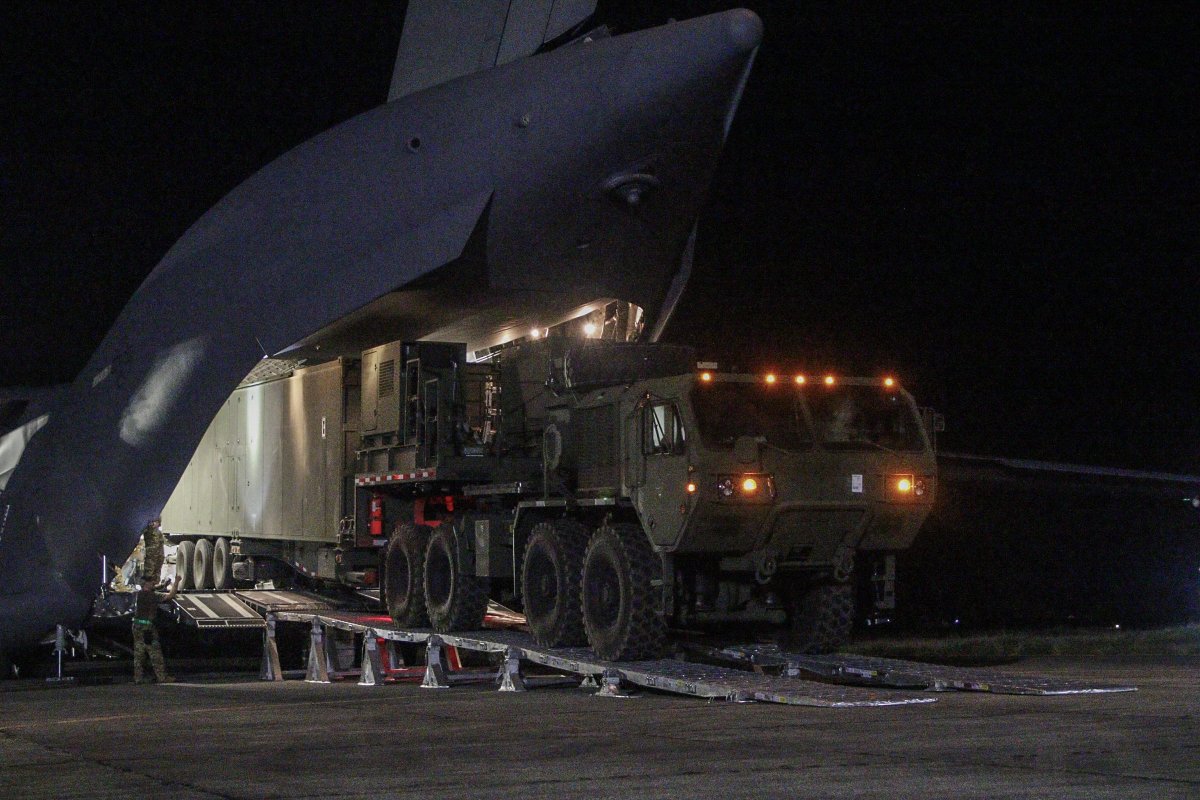The Philippines is adamant that, despite China’s escalating concern and threat of countermeasures against the Philippines, it has never committed to remove its Mid-Range Capability system (MRC), also called Typhon.
Typhon Missile System: Geopolitical Impacts
During a joint military exercise in April, the U.S. Army deployed strategically the Typhon missile systems, which are capable of hitting targets as far away as 1,000 miles, to the Philippines. Initially intended as a war game, the two countries decided that they would maintain their presence indefinitely. China is adamantly against this decision. It views it as “a highly dangerous move”, which could threaten its national security.
Ferdinand Marcos Jr., the Philippine president, had indicated that he was willing to talk about the removal of Typhon, provided China stopped its aggressive action in the South China Sea. This is a contested area where there are territorial disputes.
What the Philippines thinks about U.S. missiles
Jonathan Malaya (Assistant Director General) is the spokesperson of the Philippine National Security Council. He stressed that “We have never committed to anything.” [the People’s Republic of China] In this respect, [withdrawal of the Typhon missile system].” The statement is a direct refutation of claims made by China’s Foreign Ministry accusing the Philippines for violating an agreement to remove U.S. Missile System after the first exercises. China condemned this deployment, claiming it was detrimental to national security.
Malaya also highlighted his perception of a “double standard”, noting that, “We have never criticised, nor commented on the continued development of offensive capabilities by their military,” in reference to ongoing Chinese training exercises and missile tests.

During a press conference of the Chinese Defense Ministry, Senior Colonel Zhang Xiaogang, the spokesperson, accused the Philippines that they were prioritizing U.S. interest by allowing the Typhon system to be installed in the Philippines, describing it both as a strategic weapon and offensive asset. In a press briefing, he said China will “take necessary measures” against these perceived “provocations or infringements”, echoing warnings earlier from the Chinese Foreign Ministry. Beijing would not “sit by idly.” It is not clear what these countermeasures will be.
State Department of the United States has justified the temporary deployments in the Philippines of missile systems that are not capable of delivering nuclear warheads. These systems, which cannot carry nuclear weapons, were a response directly to “growing threat” in this region. The deployments are meant to strengthen the defensive capability of the ally against increasing tensions in the region.
Experts’ Opinions: U.S.-Philippines Defense Cooperation Perspectives
Jonathan Malaya Assistant director general, who is the spokesperson of the Philippine National Security Council. It is misleading for the People’s Republic of China, to make comments about our rights to enhance our defensive capabilities and positions while improving their offensive capabilities.
The spokesperson of the Chinese Defense Ministry Senior Colonel Zhang Xiaogang demanded that: We demand that the Philippine government recognizes the seriousness of the issue and remove the Typhon system immediately to fulfill its promises.
Look Ahead at Potential South China Sea Scenarios
China is expected to continue its opposition to Typhon, and to put pressure on the Philippines for it to be removed. It is unclear how long the Typhon missile system will be deployed. This situation highlights the complex dynamics of the South China Sea and escalated tensions. The current dispute underscores the strategic significance of the South China Sea and delicate balance of powers between nations including China, the Philippines and the United States.


